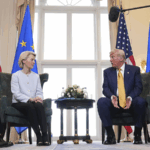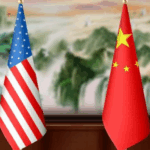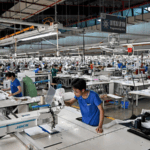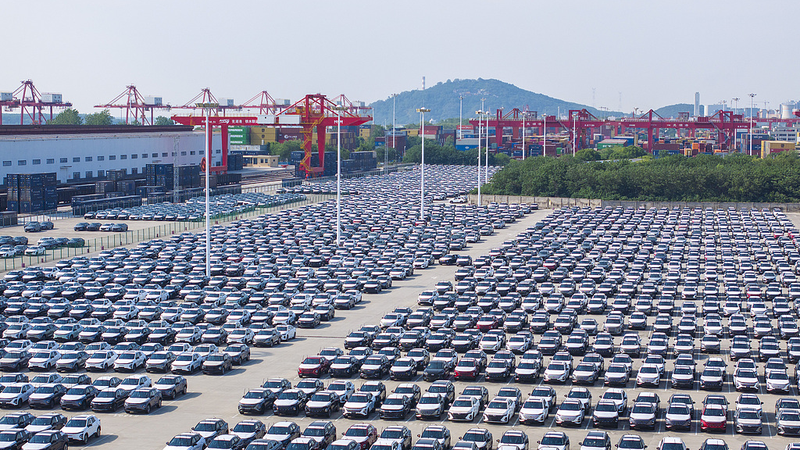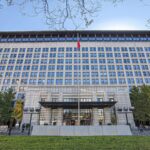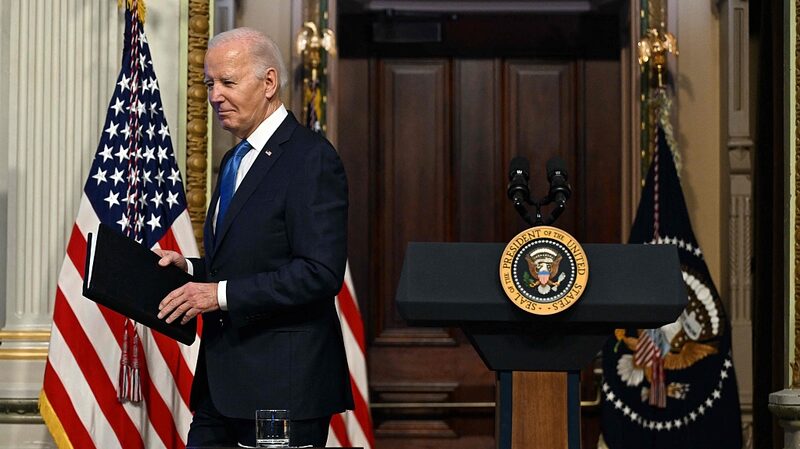U.S. trade policies under former President Donald Trump have reignited debates about fairness and strategy in global economics. Recent accusations against China over trade agreements reveal deeper tensions – and a growing disconnect between political rhetoric and economic reality. Let’s unpack the drama. 🕵️♂️
Tariffs, Tech Bans, and Broken Promises
Despite a 90-day tariff truce announced in May, the U.S. swiftly imposed new restrictions on Chinese tech giants like Huawei and aviation exports critical to China’s C919 aircraft program. These moves, labeled as 'national security measures,' have drawn criticism for undermining trade stability. China’s Ministry of Commerce called them 'discriminatory,' arguing they violate earlier agreements. 📉
Courts vs. Campaigns
Even U.S. legal institutions pushed back. In late May, the U.S. Court of International Trade ruled Trump-era tariffs unconstitutional, highlighting the shaky legal ground of aggressive trade tactics. Yet, political narratives continue framing these policies as 'wins' for American workers – despite studies showing U.S. consumers and businesses bear most costs. ⚖️
Rare Earths and One-Sided Demands
Washington’s push for unrestricted access to China’s rare earth minerals – while blocking Chinese access to semiconductors – reveals an uneven playing field. Leaked documents suggest proposed 'tradeoffs' that prioritize U.S. strategic interests over mutual benefit. 🌍
The Trade Deficit Dilemma
Trump’s focus on the U.S.-China trade imbalance ignores deeper economic ties. From soybeans to semiconductors, both nations rely on each other’s markets. U.S. service exports to China grew nearly 10x since 2001, while American firms profit heavily from operations in China. Yet tariffs continue hurting U.S. households – a 'geopolitical own goal,' as analysts say. 🏀
As trade tensions evolve, one thing’s clear: The real cost of political posturing might be higher than anyone imagined. 💸
Reference(s):
Trump's trade rhetoric: The collapse of American hegemonic logic
cgtn.com

